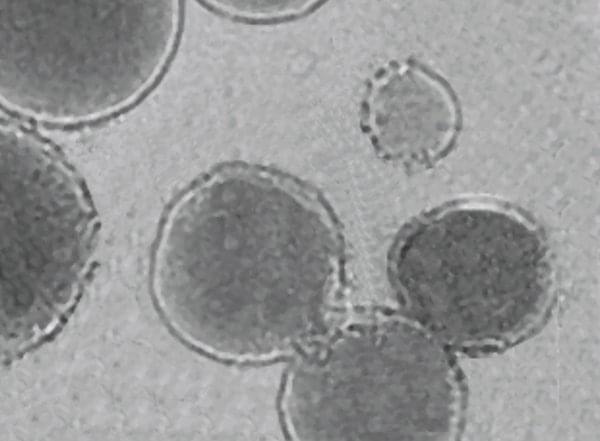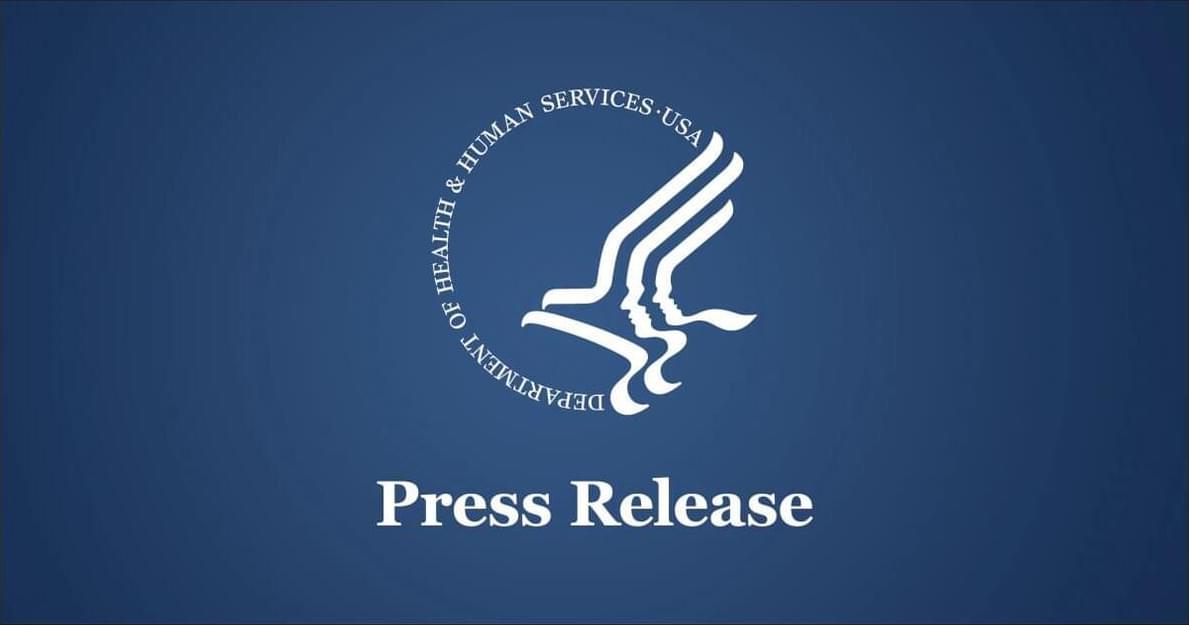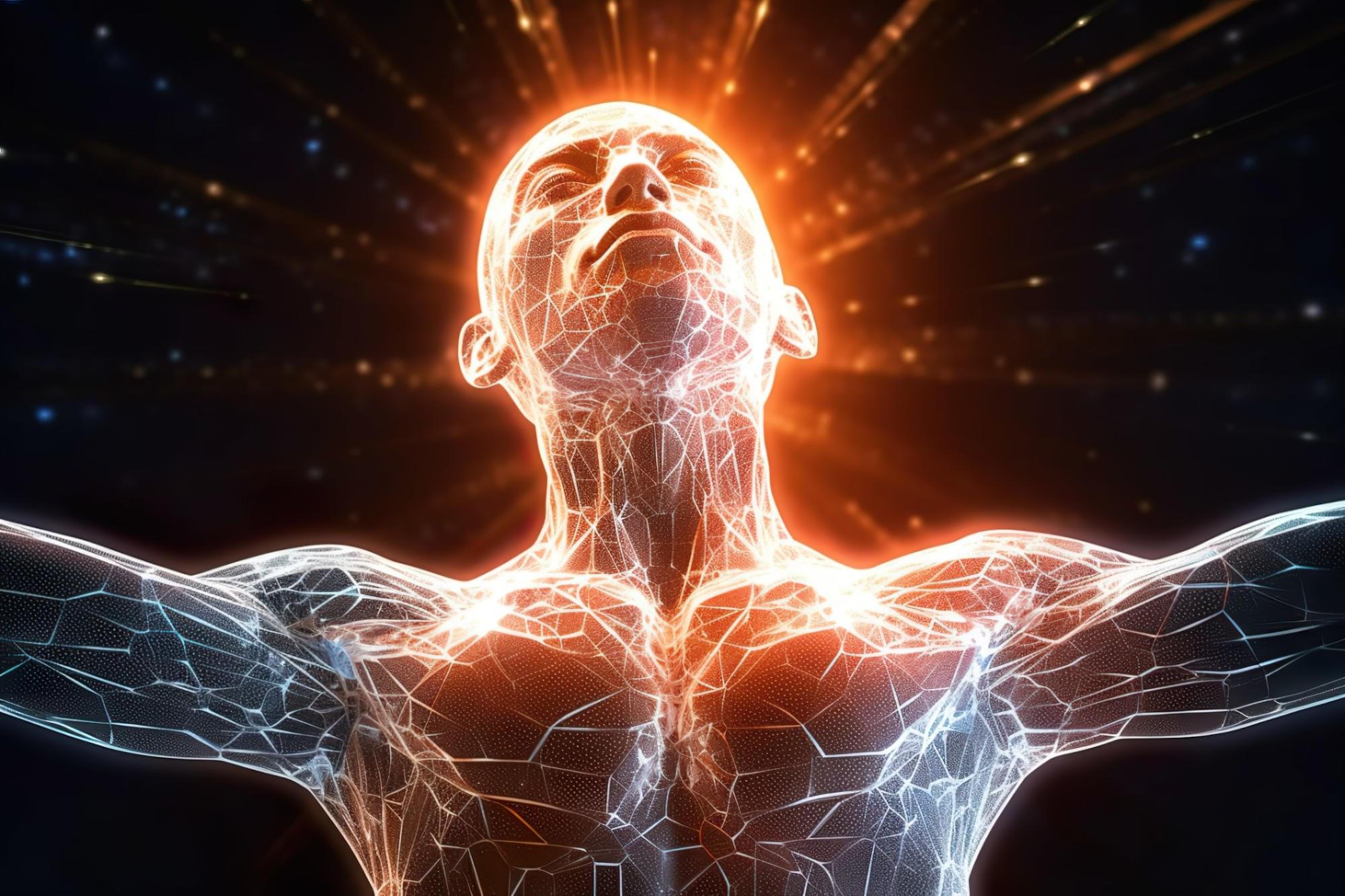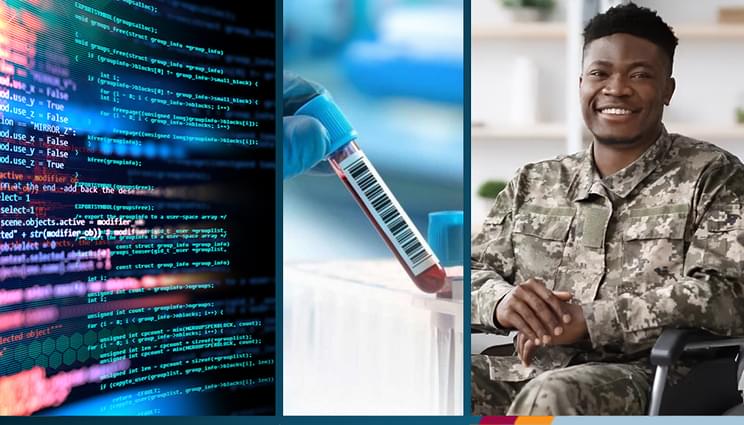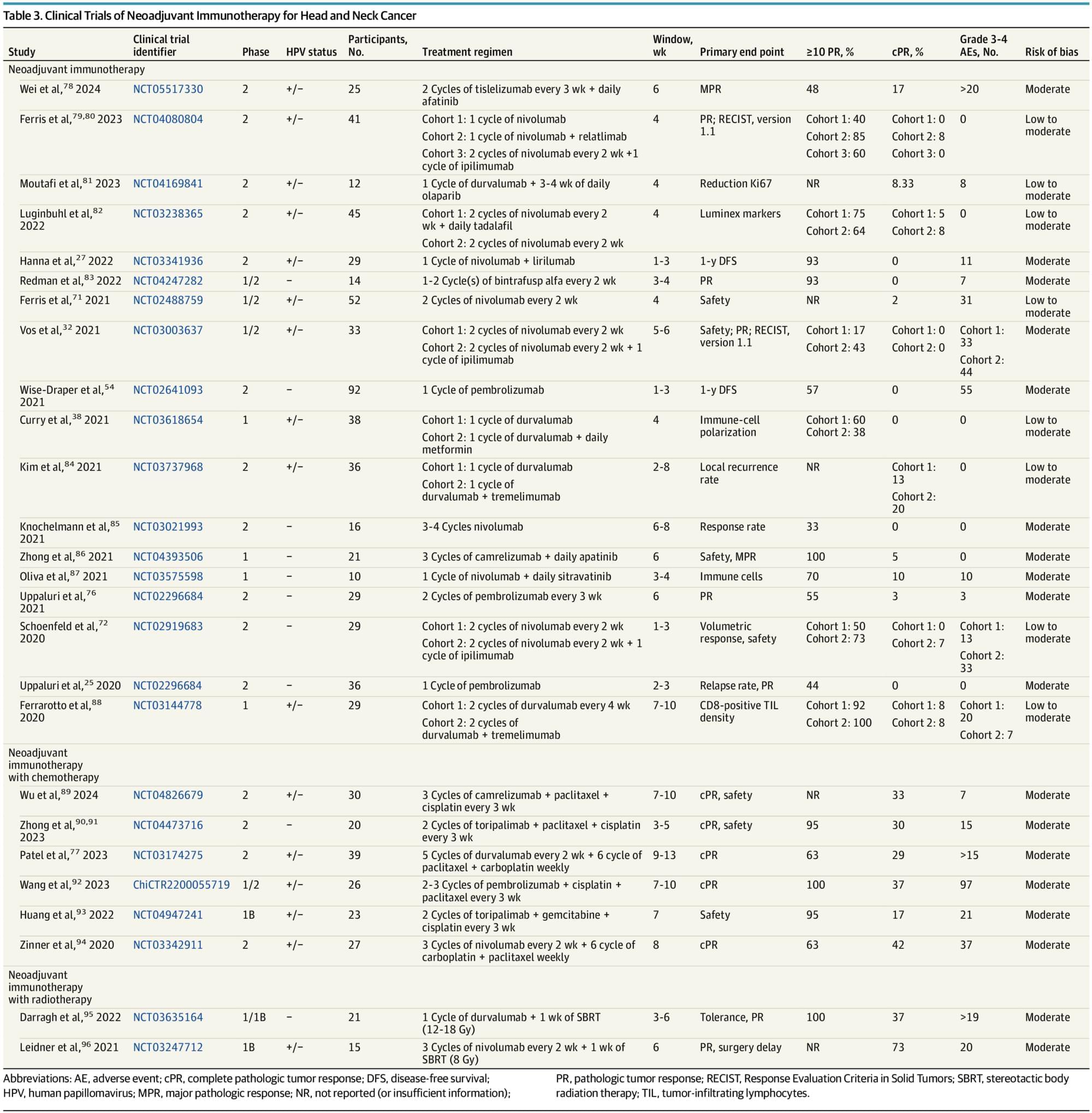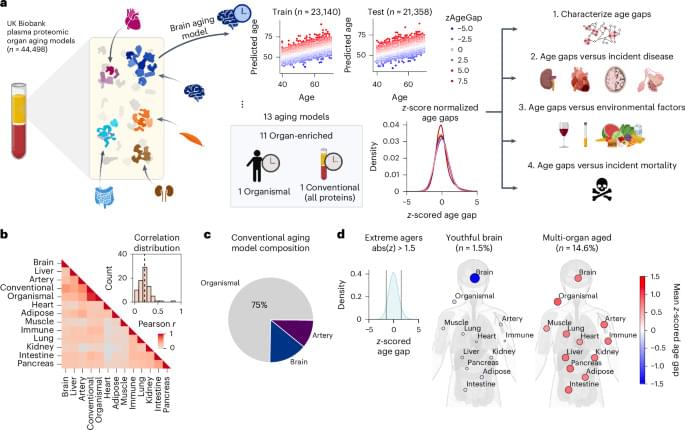Imagine if doctors could precisely print miniature capsules capable of delivering cells needed for tissue repair exactly where they are needed inside a beating heart. A team of scientists led by Caltech has taken a significant step toward that ultimate goal, having developed a method for 3D printing polymers at specific locations deep within living animals. The technique relies on sound for localization and has already been used to print polymer capsules for selective drug delivery as well as glue-like polymers to seal internal wounds.
(Someone already probably posted this. This is jus from Caltech)
When the team used the DISP platform to print polymers loaded with doxorubicin, a chemotherapeutic drug, near a bladder tumor in mice, they found substantially more tumor cell death for several days as compared to animals that received the drug through direct injection of drug solutions.
“We have already shown in a small animal that we can print drug-loaded hydrogels for tumor treatment,” Gao says. “Our next stage is to try to print in a larger animal model, and hopefully, in the near future, we can evaluate this in humans.”
The team also believes that machine learning can enhance the DISP platform’s ability to precisely locate and apply focused ultrasound. “In the future, with the help of AI, we would like to be able to autonomously trigger high-precision printing within a moving organ such as a beating heart,” Gao says.
